Anyone who has hiked the scrublands of the American southwest knows the distinctive sound of a rattler! It is a message to all but its prey: “Stay away! I don’t want to bite you, but I will if I need to defend myself!” At that point, most people flee without a second thought. But have you ever paused to wonder how the rattlesnake learned to rattle in the first place?
The following article is a summary of “Rattlesnakes: A Post-Flood Diversification in the New World,” by Chad Arment, and of the surrounding discussion and research pertaining to it. The views expressed do not necessarily reflect those of New Creation.
How Does the Rattle Work?
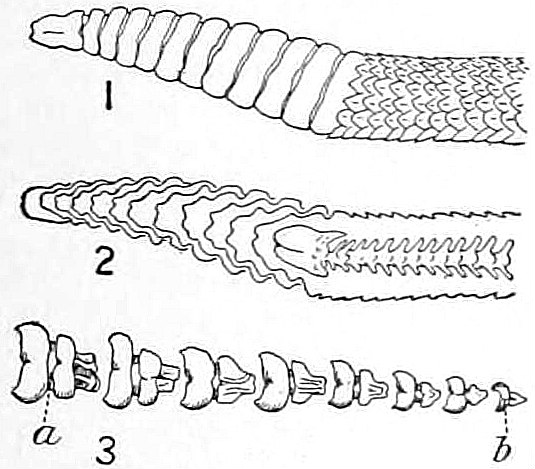
You might think that a rattlesnake’s rattle works kind of like a baby rattle. These have tiny objects inside of them. When the baby shakes the rattle, they bounce around inside, producing the sound.
But a rattlesnake’s rattle is different. It is a completely hollow and segmented structure. This developed from modified scales on the end of its tail as the serpent grew from infancy to adulthood. When the snake contracts special muscles in its tail, the segments vibrate against each other. We hear that rattling sound loud and clear! It is the segments at the end of the snake’s tail themselves that generate the distinctive rattling.
Two Steps Back, Jack!
Did God create the rattlesnake’s rattle and the defense behavior that goes along with it? Young-earth biologists recognize that things are a bit more complicated than that. Nowhere in Scripture does it say that God created every single species that we see on Earth today. The modern concept of a “species” didn’t even exist yet! Rather, Genesis 1:24 records that God made all of the creeping things according to their kinds. Snakes certainly count as “creeping things”. Therefore, they must have been made according to distinct created kinds God conceptualized and brought into physical existence. Likewise, all air-breathing, land-dwelling creatures can trace their ancestry back to an ancestral pair of that kind that survived the global Flood of Noah’s day on the Ark (Genesis 7:2-3).
Two of a Kind
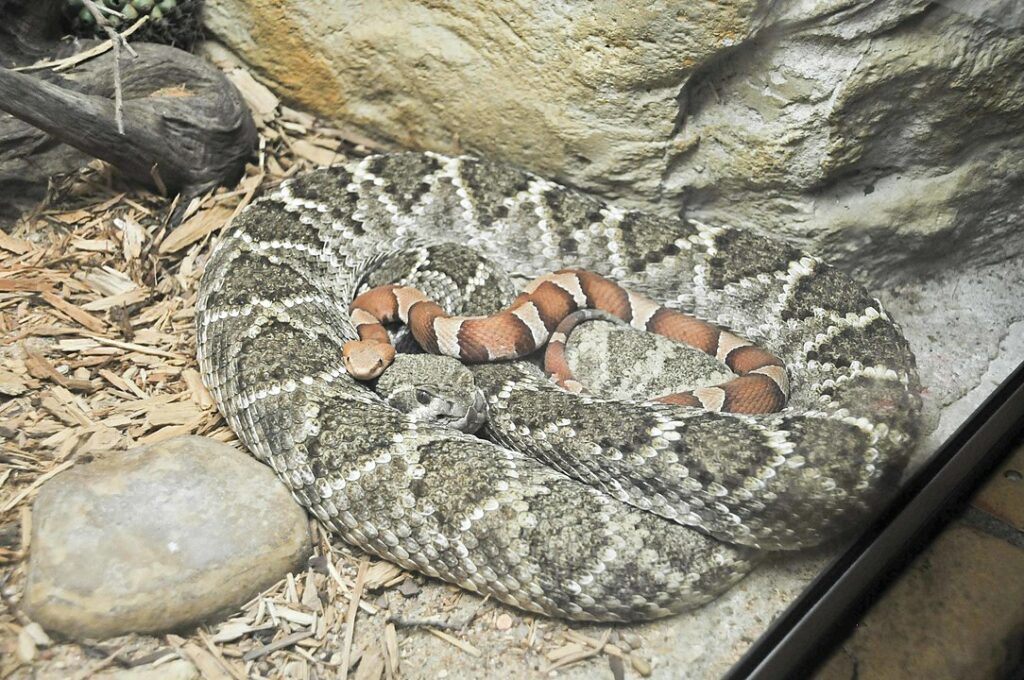
Many varieties or species have descended from each created kind of living thing. One way young-earth biologists attempt to figure out which species belong to the same created kind is to determine which species can produce offspring together. There are two main genera, or types, of rattlesnakes: Crotalus and Sistrurus. Both are native to North and South America. Hybridization has occurred between these genera, indicating that they belong to the same created kind.1 However, to everyone’s surprise, a hybrid has also occurred between a timber rattlesnake (Crotalus horridus) and a copperhead (Agkistrodon contortrix).2 Rattlesnakes and copperheads belong to a larger group of snakes called pit vipers. While more research in this area is needed, the emerging picture suggests that all pit vipers may belong to a single created kind.
This is significant because the copperhead does not have a rattle on the end of its tail. So the question can be asked: did some pit viper lineages lose the ability to rattle over time and become copperheads? Or did some lineages of pit vipers develop the ability to rattle over time, becoming rattlesnakes?
On the Origin of Rattlers
Pit vipers appear throughout North and South America and Eurasia. But copperheads and rattlesnakes are only found in the Americas, and they are more closely related to each other than either one of them is to other pit vipers, even those living in same parts of the world.3 Since rattlesnakes are the only pit vipers that can rattle, this strongly indicates that the pit vipers coming off the Ark would not have been rattlers. The rattle probably developed in an American lineage of pit vipers sometime after the Flood. But how?
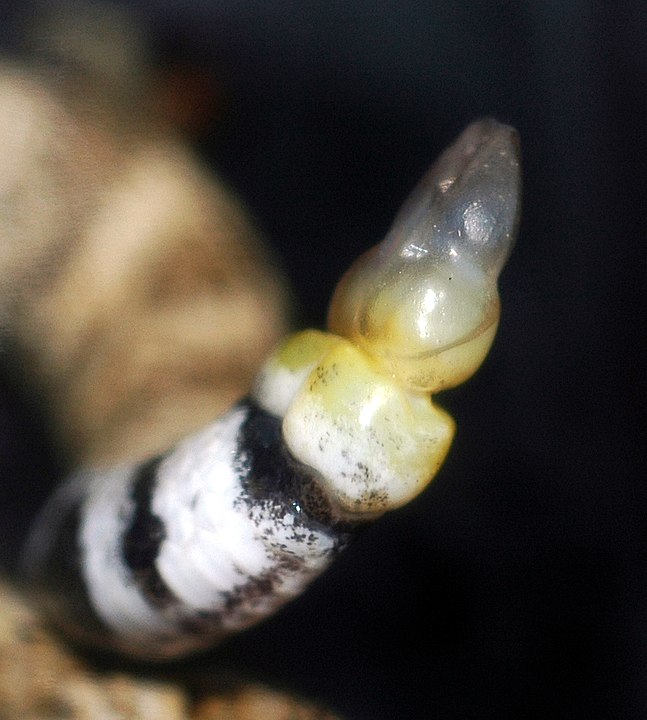
Evolutionary biologists have hypothesized that rattlesnakes descended from a copperhead-like ancestor that used the tip of its tail not to deter enemies, but to attract prey.4 This is not as out-of-character for a snake as it seems; young copperheads do this today! Having larger, more appetizing-looking tail tips would increase the likelihood of survival of the snakes that possess them. This would also increase their chances of having more offspring (which would inherit this trait) because they would find obtaining food a little easier than other snakes within their species’ population.
Over many generations, the increased likelihood of survival for snakes with this feature encouraged the production of a larger, segmented tail tip that resembled an insect larva. Long story short, this phenomenon was connected to other changes that resulted in a tail tip composed of loosely-attached segments that produced a rattling sound when vibrated together. Over time, not only did this physical trait change, but the behavior itself would switch from a prey-attracting tail flick to a predator-deterring rattle.
Designed to Adapt
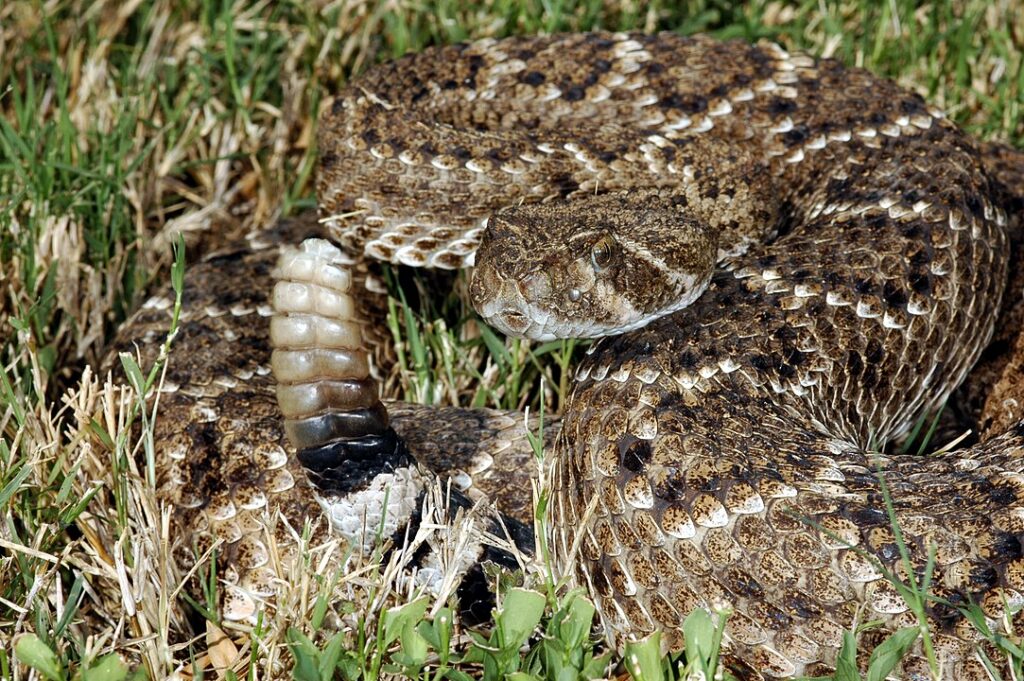
According to creation researcher Chad Arment, the hypothesis described above makes sense, even from a young-earth creation perspective.5 It is, however, flawed in that the changes required to get from a copperhead-like snake without a rattle to a rattlesnake are unlikely to be generated by natural selection and blind, random genetic changes (mutations) alone, even over millions of years.
While adaptation is a part of the creation paradigm as well, it is combined with the fact that God front-loaded living things with the necessary genetic resources to respond to such pressures and changes to their environment.6,7
Arment suggests that the creation-based understanding of biology provides the necessary mechanism for the changes displayed in the rattlesnake’s development:
“A designed genome offers a hidden reserve of genetic answers to environmental problems. (This appears to have particularly been the case in the period between the Flood and the Ice Age.) I think it is very possible that natural selective pressures set the stage for, or possibly triggered, more extreme morphological changes.”8
The development of rattlesnakes’ unique way of defending themselves is a marvelous demonstration of how God supernaturally created living things in the beginning, and continues to create new species through natural processes today.
Footnotes
- Bailey, Reeve M. 1942. “An Intergeneric Hybrid Rattlesnake.” The American Naturalist 76, no. 765 (July–August): 376–385. ↩︎
- Arment, Chad. 2020a. “Notes on Intergeneric Hybridization in Snakes.” BioFortean Notes 7: 13–21. ↩︎
- Alencar, L. R. V., et al. 2016. “Diversification in vipers: phylogenetic relationships, time of divergence and shifts in speciation rates.” Molecular Phylogenetics and Evolution 105: 50-62. ↩︎
- Reiserer, R. S., and G. W. Schuett. 2016. “The origin and evolution of the rattlesnake rattle: misdirection, clarification, theory, and progress.” in: Schuett, G. W., et al. (eds.) Rattlesnakes of Arizona: Conservation, Behavior, Venom, and Evolution, Vol. 2. Rodeo, NM: ECO Publishing. ↩︎
- Arment, C. 2021. “Rattlesnakes: A Post-Flood Diversification in the New World.” Zoo Creation. Retrieved May 4, 2022. ↩︎
- Jeanson, N. T. 2013. “Does natural selection exist? A critique of Randy Guliuzza’s claims.” Answers Research Journal 6: 285-292. ↩︎
- Jeanson, N. T., Lisle, J. 2016. “On the Origin of Eukaryotic Species’ Genotypic and Phenotypic Diversity.” Answers Research Journal, 9, 81–122. ↩︎
- Arment, 2021. (Footnote 5) ↩︎

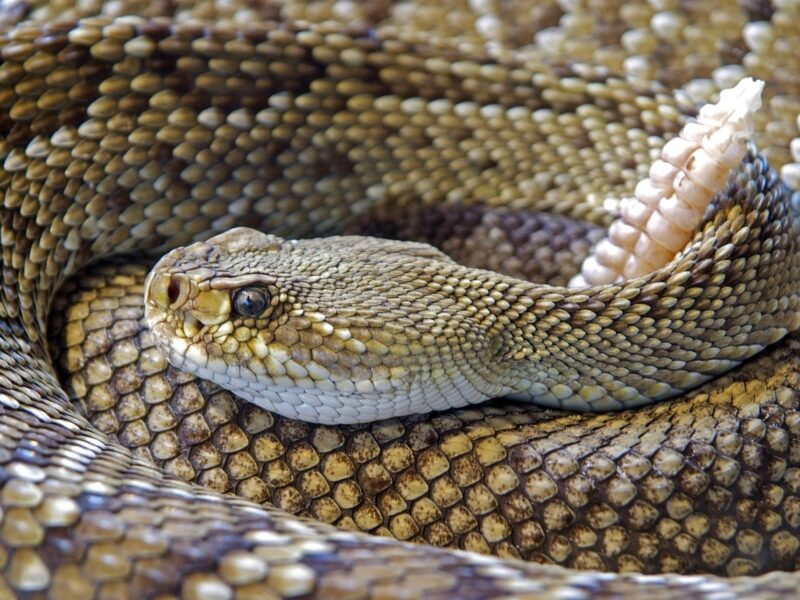


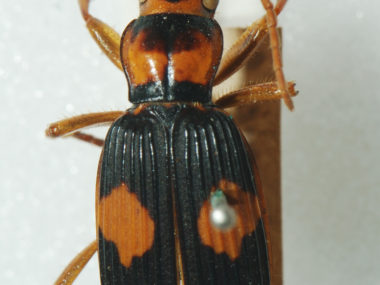







I agree the rattlesnake is only a post flood species and all snakes are the same kind and so all from a pair or seven /six pairs on the ark. it just shows what creationists should desire. bodyplan changes quick and well done as needed. We don’t know the mechanism but we don’t know anything . (keep it under your hat) i understand that many non poison snakes pretend to have rattles. they shake thier tail to scare etc. Might be a clue how rattles came about.
I didn’t care for this explanation at all. It was based almost entirely on evolutionary ideas, and sounds completely incompatible with young-earth Creationism.